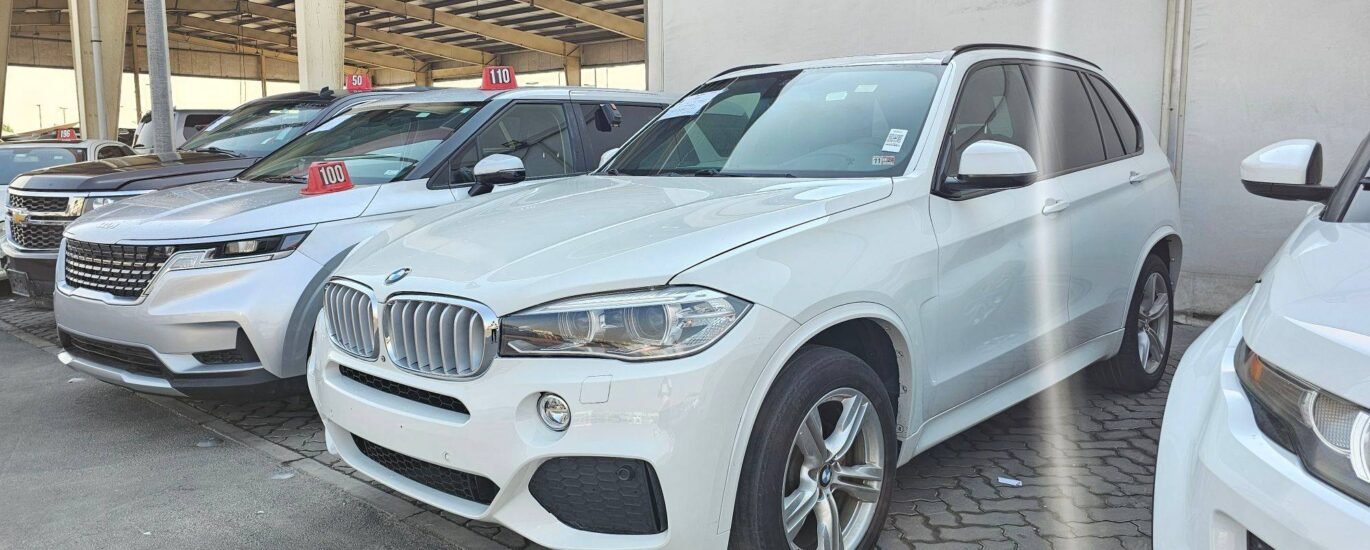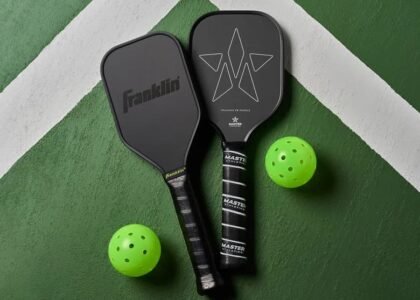Buying a salvage or damaged car can be both exciting and intimidating. For some buyers, it’s an opportunity to save thousands of dirhams. For others, it’s a chance to rebuild a high-value car for personal use or resale. And in the UAE, the most popular place to buy salvage vehicles is emirates auction—a platform known for offering everything from lightly damaged sedans to heavily impacted premium models.
But how does the process actually work? What should buyers expect? And how do you avoid the common mistakes that many first-timers make?
This complete guide breaks down everything you need to know about how salvage and damaged cars are handled, inspected, priced, and sold through the platform.
What Are Salvage or Damaged Cars?
A salvage or damaged car is any vehicle that has been involved in:
- Road accidents
- Floods or natural events
- Fire damage
- Mechanical failures
- Insurance write-offs
Not all salvage vehicles are the same. Some have minor dents or cosmetic scratches. Others have major structural issues. That’s why understanding damage levels is the most important part of buying from an auction.
Statistics:
According to UAE insurance reports, nearly 28% of auctioned salvage cars are repairable with minor to moderate costs. This means many used these cars for daily driving after basic repairs.
Why People Buy Damaged Cars from Auctions
People buy salvage or damaged vehicles for several reasons:
- Affordability: Cars often sell for 40–70% less than market value.
- Parts Resale: Some buyers purchase cars just to extract valuable parts.
- Rebuilding Projects: Skilled mechanics rebuild cars at a low cost.
- Investment: After repairs, many cars regain significant value.
These motivations make salvage auctions extremely popular—not just for experts, but for everyday buyers too.
How Emirates Auction Lists Salvage and Damaged Vehicles
The process of listing salvage cars is transparent and follows a strict structure to help buyers make informed decisions.
Here’s how the listing works:
1. Detailed Condition Report
Every salvage car comes with a condition sheet outlining:
- Type of damage
- Location of damage
- Estimated repair needs
- Mechanical status
- Engine & gearbox condition
- Interior condition
- Mileage
- Roadworthiness
These reports are essential for understanding whether a car is worth bidding on.
2. High-Resolution Photos
Multiple images show:
- Front, rear, and side views
- Close-ups of damage
- Interior condition
- Engine bay
- Chassis or frame marks
Photos help buyers identify the severity of damage without physically visiting.
3. VIN (Vehicle Identification Number)
The VIN helps buyers check:
- Accident history
- Insurance claims
- Export/import records
- Previous ownership
- Odometer accuracy
A VIN check is mandatory for any salvage purchase.
How the Auction Works Step-by-Step
Whether you’re a beginner or an expert, the process follows the same steps:
Step 1: Register on the Platform
You must create an account and deposit the required bidding amount to participate. Registration is quick and secure.
Step 2: Browse Salvage Listings
Filter by:
- Model
- Make
- Year
- Damage type
- Mileage
- Location
- Price
Most salvage cars are clearly marked so buyers can easily identify them.
Step 3: Inspect the Vehicle (Highly Recommended)
If possible, visit the inspection yard.
What to look for:
- Engine leaks
- Frame damage
- Airbag deployment
- Front-end and rear-end structural issues
- Rust or flood indicators
- Electrical system failures
A 15-minute inspection can save you thousands.
Step 4: Place Your Bid
You can either:
- Bid manually
or - Use auto-bid to set a maximum limit
Salvage auctions often have aggressive competition, especially for repairable Japanese and Korean models.
Step 5: Win the Auction
If you win, you will:
- Receive confirmation
- Complete payment
- Receive documents for registration or export
Many salvage cars cannot be immediately registered until repairs are verified—this is important to remember.
Step 6: Repair and Re-Inspection
After repairs, you need to pass:
- Technical inspection
- Roadworthiness test
- Possible additional checks depending on damage severity
Once approved, you can register the vehicle for regular use.
Types of Salvage Cars You’ll Commonly See
Not all salvage vehicles are the same. Here are the most common types listed:
1. Minor Damage
These cars often have:
- Scratches
- Dented fenders
- Small bumper damage
- Broken lights
Repair cost: Low
Best for: First-time buyers
2. Moderate Damage
Often includes:
- Side impact
- Front bumper replacement
- Radiator damage
Repair cost: Medium
Best for: Experienced buyers with knowledge of repair costs
3. Major Damage / Structural Damage
This includes:
- Frame twisting
- Crumpled fenders
- Airbag deployment
- Flood damage
Repair cost: High
Best for: Export or parts-only buyers
Most Popular Salvage Cars Purchased in UAE Auctions
These models often offer the highest value after repairs:
- Toyota Camry
- Nissan Altima
- Hyundai Sonata
- Honda Accord
- Mitsubishi Pajero
- Toyota Land Cruiser (even heavily damaged units sell fast)
Why?
Parts are easy to find, and repair costs are reasonable.
Risks of Buying Salvage Cars (And How to Avoid Them)
Buying salvage vehicles is rewarding but comes with risks.
1. Hidden Damage
Some problems may not appear in photos.
Solution: Inspect in person + check VIN.
2. High Repair Costs
Repairs may exceed the car’s value.
Solution: Use a mechanic to estimate repair costs.
3. Flood Damage
Flood cars look fine but have electrical issues.
Solution: Check for rust, odor, and trapped moisture.
4. Rejected Registration
Heavily damaged cars may fail RTA tests.
Solution: Understand RTA requirements before bidding.
Benefits of Buying Salvage Cars
If done correctly, buying salvage cars has massive benefits:
- Huge cost savings
- Opportunity to rebuild for resale
- Access to rare or premium models
- Great for mechanics or exporters
- Profitable long-term investment
Many UAE buyers build small car businesses using salvage models from auctions.
Real Example: A Successful Salvage Purchase
A buyer purchased a 2018 Honda Civic with moderate front damage for AED 15,200.
Repair cost: AED 3,800
Total investment: AED 19,000
Market value after repair: AED 33,000
Net savings: AED 14,000
This is why salvage auctions are extremely popular.
When You Should Avoid Salvage Cars
Avoid salvage vehicles if:
- You have no repair knowledge
- You rely only on photos
- You need a car ready for immediate use
- You don’t understand RTA inspection rules
In these cases, buying a regular used car is safer.
Expert Tips for First-Time Salvage Buyers
- Never bid without checking VIN
- Avoid flood-damaged cars unless you’re exporting
- Compare repair cost with final value
- Never get into emotional bidding
- Always set a maximum bid
- Understand auction fees
- Visit in person when possible
These tips drastically reduce your risk.
FAQs
1. Are salvage cars from auctions safe to repair and drive?
Yes, if repairs follow UAE safety standards and the vehicle passes post-repair inspections.
2. Can salvage cars be registered in the UAE?
Most can, as long as structural repairs meet RTA requirements.
3. How do I know if a damaged car is worth buying?
Compare repair costs with post-repair market value, and check the severity of damage.
4. Do salvage cars come with warranties?
No. Salvage cars are sold “as-is,” so inspections and research are essential.
5. Are salvage auctions good for beginners?
Yes, but only if the buyer focuses on minor to moderate damage vehicles.
Conclusion and Call to Action
Buying salvage or damaged vehicles through auctions is one of the cheapest ways to own a car in the UAE. With the right knowledge, inspections, and bidding strategy, you can save thousands and even build a profitable buying-and-reselling system.
Whether you’re a first-time buyer or a seasoned trader, understanding how these auctions work ensures you make the smartest possible decisions.
If you’re ready to explore thousands of salvage and damaged cars, visit emirates auction and start bidding with confidence today.






